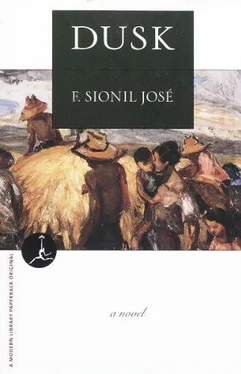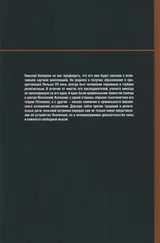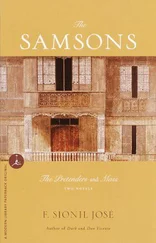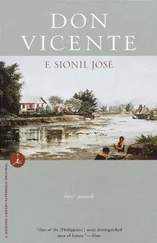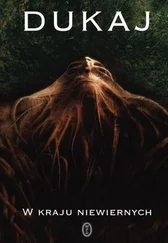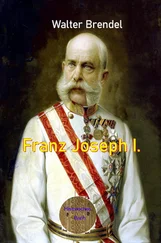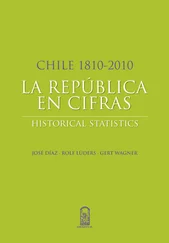There was a lot of intermarriage between the Pangasinan traders and their Ilokano customers. The Pangasinan merchants did not come in long caravans; sometimes they came in just two or three bull carts. A merchant with a couple of bull carts would simply park in a village or town square until he was able to dispose of his goods. Much of this traffic was in the dry season, during harvest, and it ended before the rains started in May.
Another group of traders plied the byways of Northern Luzon. They were the Igorots, who came down from the Cordillera and Caraballo ranges to sell rattan baskets. Their presence was announced by the howling of dogs in the neighborhood because they brought with them packs of dogs tied by their necks to rigid bamboo poles so that it would be easier to manage them. They usually accepted dogs in exchange for their goods. Even then, we knew the dogs would be eaten. In my boyhood, dog meat was not very popular, the way it is today. The Igorots were called Bagos and they were always in G-strings. Seldom were they accompanied by their women.
In re-creating these people I have also tried to illustrate how little the times and the people have changed.
The last chapter is a rendering of the Battle of Tirad Pass. By the time I was ready to write this chapter, I had already read a lot not just on the battle itself but on the Americans and the insurrectos they fought. I was, for instance, surprised to see in pictures that most of the Filipino soldiers were barefoot. They were farmers, laborers, just as the enlisted men in our armed forces today come from the lower classes. It was difficult getting exact information on how the soldiers lived, their supplies, their arms. I also decided early in the gestation of the novel to visit Mount Tirad, in the Cordilleras in Northern Luzon. The opportunity came soon enough when I learned that the mother of Ambassador Delia Albert, a friend in our foreign service, lived in the town of Salcedo, which is in the foothills of Mount Tirad.
In the novel, Eustaquio Samson goes to Tirad from Rosales to guide President Aguinaldo and his men through the Cordillera range into the Cagayan Valley. They are pursued by the Texas Rangers. That battle high up in the clouds resembles Thermopylae, how a band of sixty Filipinos — all of them from Bulacan — delayed the American pursuers. In the battle, the boy general Gregorio del Pilar and forty-eight of his men are killed.
I went to Mount Tirad in early January. The time was ideal; the weather was cool — Siberian headwinds in the atmosphere. My wife, Teresita, was with me. Before Candon, a big town in Ilokos Sur, we turned right toward the mountains, on a dirt road that was quite manageable in the beginning but turned tortuous as we ascended the low hills. It was easy to imagine how horrible it must be to maneuver along the road during the rainy season, when it becomes a rivulet of mud. Mrs. Domingo, Delia’s mother, said she had managed to get the Ministry of Public Works to release some funds to improve the road way back, but when she returned from a long trip, expecting that the road had been repaired, she was surprised to find it was the same, that the money was lost somewhere along the way, perhaps in the pockets of officials either in the Ilokos or in Manila.
We reached Salcedo in about forty-five minutes — a small town, really, apparently untouched by business and pollution. The main street ran through the usual conglomerate of Ilokano homes. Some of the roads had been paved through the efforts of the people themselves. The municipal building was a humble wooden edifice, as was the small market by its side. The town, unlike most Filipino towns, had electricity, and there was running water from the springs that gushed out of the hillsides.
We rented a jeep with which we forded the many turns of the Buaya River; it was the dry season, so the river was shallow. We entered narrow valleys and went up mountain trails until the jeep could go no farther because the ascent was too steep. I am sure that some of the young men we met along the way were members of the New People’s Army, for this part of the Cordilleras was their domain.
We finally reached a settlement at the foot of the trail that led to the pass, and I asked the villagers what they remembered of the battle. There was a very old man who said he was a child then, and all he could recall was the sound of guns.
The trail actually had been widened to allow carts and horses. It was a shortcut from the Ilokos to the Cagayan Valley, and the Spaniards kept it open through the years that the priests preached in the Cordilleras. It was almost noon when my wife and I stopped climbing. A sedentary city man, I was dizzy from exhaustion. In any case, I already knew what the pass looked like, as I could see it plainly from below where we had stopped.
The first draft took a month to write. I was invited to attend a seminar at the Bellagio Conference Center in northern Italy, and after the conference, I was permitted to stay on to write the novel. Bellagio used to be the property of an Italian nobleman, but the Rockefellers bought it and converted it into a conference center, with quarters for the participants, a beautiful library, and one of the most scenic locales in all Europe. The villa itself sits on a promontory; on one side, to the right, is Lake Leggo, and to the left, the larger Lake Como. I used to take the hydrofoil from the village of Bellagio to Como, and from there, the train to Milan — a two-hour trip.
To reach Bellagio, you take a car from the airport closest to Milan and drive through a scenic route, the road hugging the sides of the mountain, and on the left, through turns and dappled foliage, the shimmering Lake Como. I got to the villa before noon, and there at the entrance was the entire staff lined up — as if I were royalty coming for a visit. Never before had a welcome been as formal and as impressive as this one.
A Japanese friend who had been a guest at the villa asked if I liked wine, and I said, frankly, I did not drink much because of my diabetes, and he said, “Bellagio will be wasted on you because the lunches and the dinners are served with an unending flow of wine!”
It was my first experience of northern Italian cooking, and I got to know more than the pizza and the spaghetti that we in Manila usually consider as Italian food.
It was also the first time I used an electric typewriter; in all the years that I have been writing, I had always used a manual portable. I was assured there would be a typewriter for me, so I did not bother bringing my old faithful. But they no longer had manual machines, so I had to learn how to use an electric machine. I then realized how much more productive I could be with it, and it is with this assumption that I have now shifted to a computer.
The manuscript was revised eight times and is still undergoing some minor corrections.
In the late sixties and early seventies when I was lecturing in the United States before the committees of the Council on Foreign Relations, I said that if the Americans did not suffer from historical amnesia, they would never have gone to Vietnam. In the Spanish-American War, 250,000 Filipinos (whom the American soldiers called “niggers”) — mostly civilians — were killed, and thousands of Americans — many of them veterans of the Indian campaigns — were also casualties. As in the Philippines, in Vietnam the United States came face-to-face with that indomitable force, Asian nationalism.
The Spanish-American War was objected to vehemently by many Americans, including Mark Twain. On my first visit to the United States, in 1955, I met Robert Frost in Ripton, Vermont. He related how he, too, was against the war, believing that a nation that won its freedom in revolution must not, cannot , impose its hegemony on a people waging a revolution for freedom.
Читать дальше
